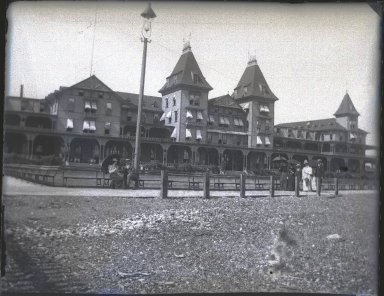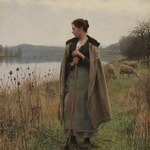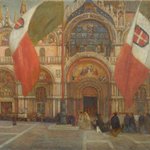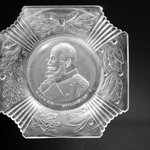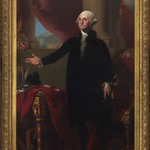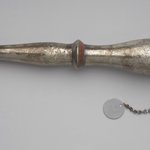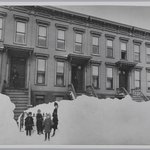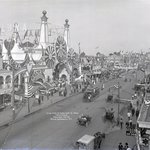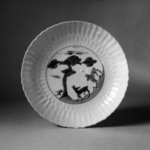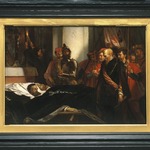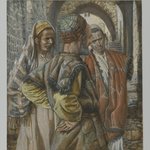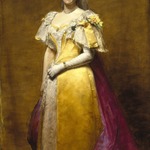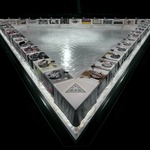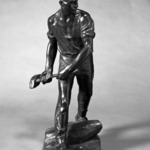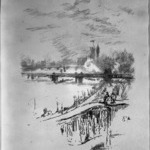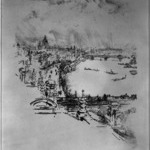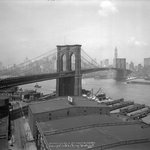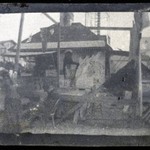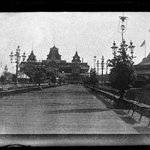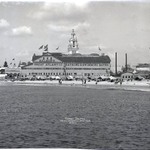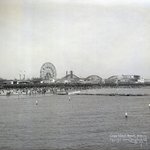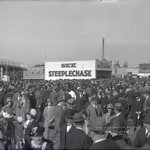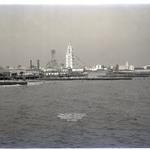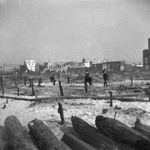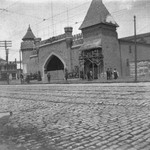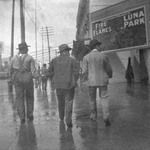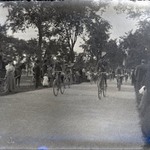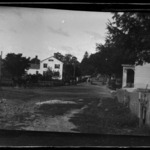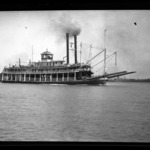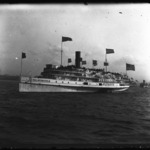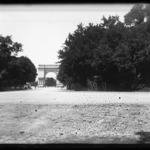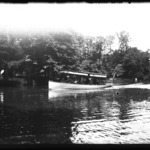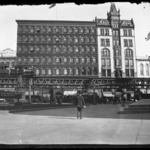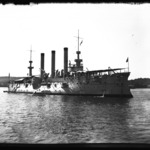
Brighton Beach Hotel
Edgar S. Thomson
As bathing in the ocean increased in popularity during the nineteenth century, the east end of the island—farthest from the city and at some distance from the rougher sections to the west that were popular with the urban working classes—quickly became an exclusive retreat, with several lavish hotels lining the mostly privately owned beaches. Establishments such as the luxurious Oriental, for the very rich, and the Brighton Beach Hotel, for the well-to-do Brooklyn middle class, opened in 1876 and 1878, respectively, and provided their own ferry and railroad connections with Brooklyn and New York. Private detectives patrolled the grounds for security. Music and fireworks entertained thousands of guests at night, and the restaurants could accommodate up to twenty thousand diners every day in the summer season. Today this section is known as Brighton Beach and Manhattan Beach, where Kingsborough Community College now stands close to the site of the former Oriental Hotel. Like George Bradford Brainerd, Edgar S. Thomson was an amateur photographer who at the turn of the twentieth century focused on Manhattan and Brooklyn landscapes.
MEDIUM
Gelatin dry glass plate negative
DATES
1896
DIMENSIONS
4 x 5 in. (10.2 x 12.7 cm) (show scale)



ACCESSION NUMBER
1996.164.7-72
CREDIT LINE
Brooklyn Museum/Brooklyn Public Library, Brooklyn Collection
MUSEUM LOCATION
This item is not on view
CAPTION
Edgar S. Thomson (American, active 1890s–1900s). Brighton Beach Hotel, 1896. Gelatin dry glass plate negative, 4 x 5 in. (10.2 x 12.7 cm). Brooklyn Museum, Brooklyn Museum/Brooklyn Public Library, Brooklyn Collection, 1996.164.7-72 (Photo: , 1996.164.7-72_glass_bw_SL4.jpg)
IMAGE
overall, 1996.164.7-72_glass_bw_SL4.jpg., 2018
"CUR" at the beginning of an image file name means that the image was created by a curatorial staff member. These study images may be digital point-and-shoot photographs, when we don\'t yet have high-quality studio photography, or they may be scans of older negatives, slides, or photographic prints, providing historical documentation of the object.
RIGHTS STATEMENT
No known copyright restrictions
This work may be in the public domain in the United States. Works created by United States and non-United States nationals published prior to 1923 are in the public domain, subject to the terms of any applicable treaty or agreement.
You may download and use Brooklyn Museum images of this work. Please include caption information from this page and credit the Brooklyn Museum. If you need a high resolution file, please fill out our online application form (charges apply).
The Museum does not warrant that the use of this work will not infringe on the rights of third parties, such as artists or artists' heirs holding the rights to the work. It is your responsibility to determine and satisfy copyright or other use restrictions before copying, transmitting, or making other use of protected items beyond that allowed by "fair use," as such term is understood under the United States Copyright Act.
The Brooklyn Museum makes no representations or warranties with respect to the application or terms of any international agreement governing copyright protection in the United States for works created by foreign nationals.
For further information about copyright, we recommend resources at the United States Library of Congress, Cornell University, Copyright and Cultural Institutions: Guidelines for U.S. Libraries, Archives, and Museums, and Copyright Watch.
For more information about the Museum's rights project, including how rights types are assigned, please see our blog posts on copyright.
If you have any information regarding this work and rights to it, please contact copyright@brooklynmuseum.org.
RECORD COMPLETENESS
Not every record you will find here is complete. More information is available for some works than for others, and some entries have been updated more recently. Records are frequently reviewed and revised, and we welcome any additional information you might have.
